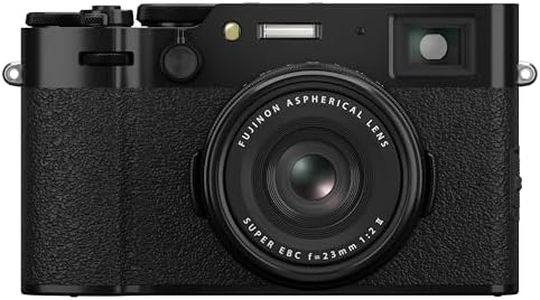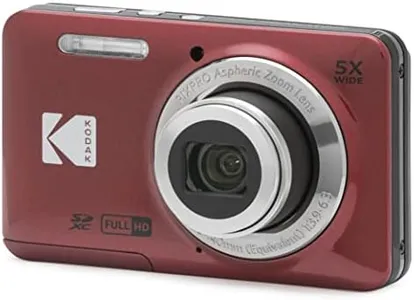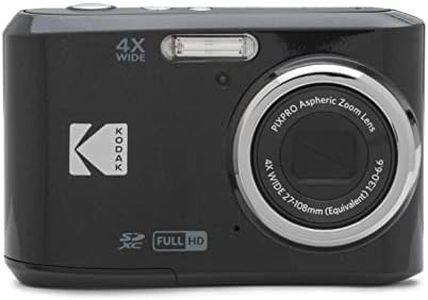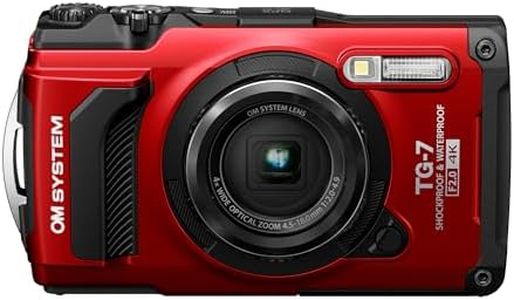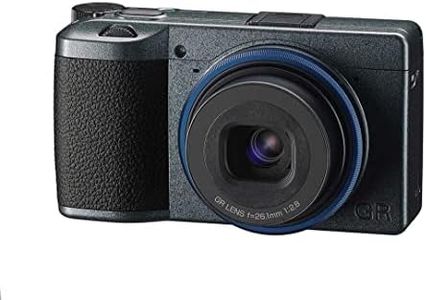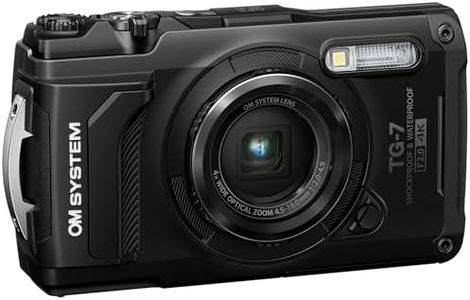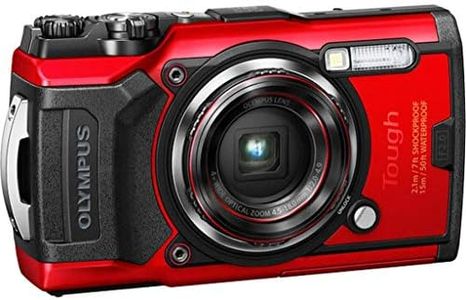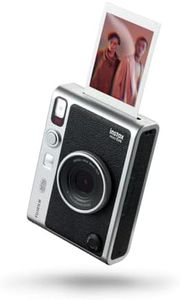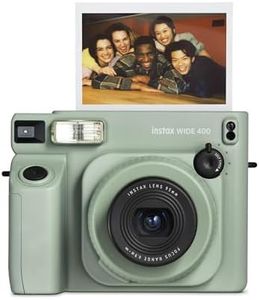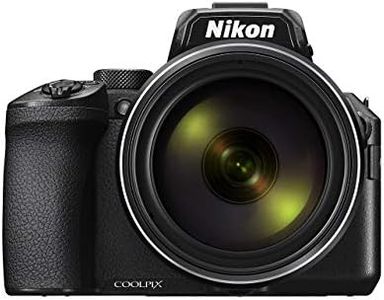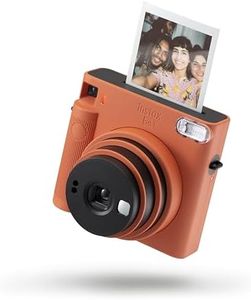We Use CookiesWe use cookies to enhance the security, performance,
functionality and for analytical and promotional activities. By continuing to browse this site you
are agreeing to our privacy policy
10 Best Point Shoot Cameras
From leading brands and best sellers available on the web.Buying Guide for the Best Point Shoot Cameras
Point-and-shoot cameras are a great choice for anyone looking to take quality photos without the complexity of manual settings or interchangeable lenses. They are usually compact, lightweight, and designed for convenience—making them ideal for travel, family events, or casual photography. When shopping for a point-and-shoot camera, it's important to think about how you'll use the camera, where you'll take it, and what sort of pictures you enjoy capturing. Focus on features that matter for your everyday use rather than just picking the model with the highest numbers.Sensor SizeThe sensor inside a camera is what captures the image. A larger sensor usually means better image quality, especially in low light, because it can gather more light and detail. Point-and-shoot cameras often have smaller sensors than other kinds of cameras, but some do offer larger sensors for sharper images. For occasional snapshots or bright outdoor scenes, a smaller sensor is usually fine. If you anticipate taking more pictures indoors, in the evening, or want more artistic background blur, look for models with a larger sensor.
Zoom RangeZoom range tells you how far the camera can ‘zoom in’ on a subject without losing image quality. This is usually written as a multiple, like ‘5x’ or ‘20x.’ A higher zoom is handy for taking photos at a distance, like wildlife or concerts. However, big zooms can make cameras a bit bulkier and trickier to keep steady. For everyday family and travel shots, a moderate zoom (around 5x to 10x) is usually enough. For sports, wildlife, or sightseeing from far away, look for a higher zoom range.
MegapixelsMegapixels refer to the resolution of the camera sensor and, in simple terms, how much detail the camera can capture. More megapixels mean you can print bigger photos or crop images without losing detail. For regular use—like sharing on social media or making small prints—almost any modern camera has enough megapixels. Only consider higher megapixel counts if you plan to make large prints or crop your photos significantly.
Lens Quality and ApertureThe lens gathers light for the sensor and directly affects how clear and bright your images are. Aperture is shown by numbers like f/2.8 or f/3.5-6.3. A lower f-number lets in more light, which is useful for indoor shots or creating background blur. Higher-quality lenses also reduce distortion and help with sharpness. If you want to take photos in lower light or create soft backgrounds, look for cameras with a lower maximum aperture. For snapshots in good light, almost any standard lens will do.
Image StabilizationImage stabilization helps reduce blurriness caused by shaky hands, especially at longer zoom settings or in low light. Optical image stabilization (built into the lens or sensor) is usually better than digital stabilization. If you often shoot indoors, at night, or use high zoom, look for strong image stabilization. For mostly outdoor and daylight photos, basic stabilization is usually sufficient.
Size and PortabilityPoint-and-shoot cameras are designed for convenience, but they come in different sizes. Smaller, pocket-friendly models are easier to carry everywhere, while slightly larger ones might offer better grips or controls. Think about whether you want a camera that slips easily into a pocket, or if you're okay with carrying something a bit bulkier for extra features or zoom.
User Interface and ControlsThe ease of use of a camera depends a lot on its controls and menu system. Some point-and-shoots are fully automatic with minimal buttons, while others offer manual modes and extra controls for more creativity. If you prefer just pointing and shooting without worrying about settings, look for a simple interface. If you want to learn more about photography, choose a camera that allows you to adjust things like exposure or white balance.
Connectivity and Sharing OptionsMany point-and-shoot cameras now offer features like Wi-Fi or Bluetooth so you can quickly send photos to your phone or computer. This is great if you like sharing pictures on social media or want an easy backup. Some cameras also include features like built-in GPS for tagging locations. Decide if you want these sharing features for convenience, or if you’re happy transferring photos the traditional way with a cable.
